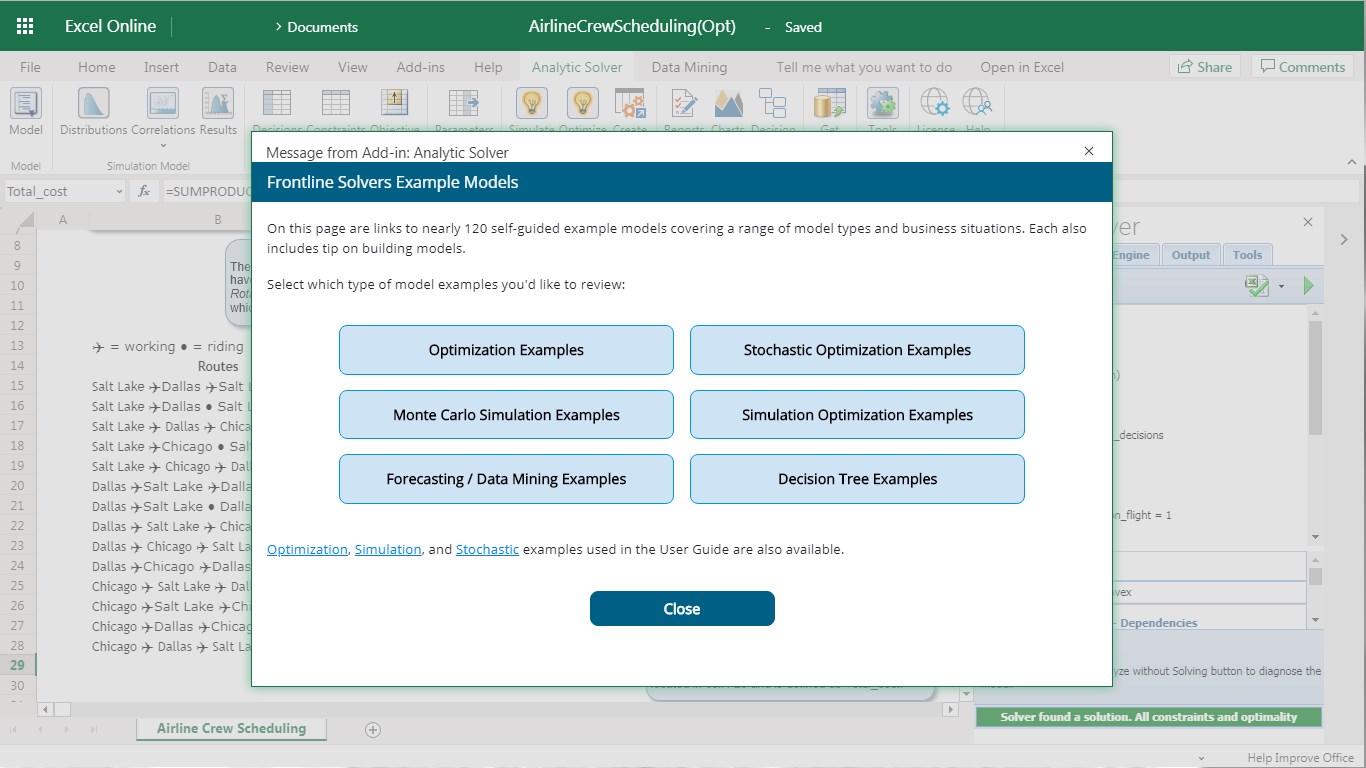
It is a platform where partners can organise and promote exciting hackathons and hackers can easily find new challenges to take part in.
Lemaire MSc balance platform setup was defined for use in the determination of the center of gravity in the sagittal plane for a wheelchair and patient biomechanics center of gravity rolling resistance tilt-seats. The platform will not be able to affect the pile enough to move it due to stabilization heuristics. Also, stacks on mild slopes with low (or 0) friction might not slide, since stabilization keeps them in place.
Center Of Gravity Analytic Solver Platform Free Download Of
T2 CG1, a package of preconditioned conjugate gradient solvers for TOUGH2International Nuclear Information System (INIS)Most of the computational work in the numerical simulation of fluid and heat flows in permeable media arises in the solution of large systems of linear equations. In Newtonian dynamics, the position of the centre of mass of any object is a.The interior solver adopts an eigenfunction expansion method together with a tridiagonal matrix solver to solve the Poisson equation subject to the zero boundary condition. The boundary solver employs James's method to calculate the boundary potential due to the screening charges required to keep the zero boundary condition for the interior solver.llll Center of Gravity MTF Modified MetaTrader 4 Free Download of MetaTrader 4 Indicators for Forex Trading and Binary Options. Download Hundreds of Indicators and Systems NowEndstreamendobj366 0 objendobj367 0 obj/ProcSet>/Type/XObject/BBox/FormType 1>streamEndstreamendobj368 0 objendobj369 0 objendobj370 0 objstream Adobe Acrobat 7.05 T10:45:04-04:00 T10:45:04-04:00 Adobe Acrobat 7.05 Paper Capture Plug-in biomechanics, center of gravity, rolling resistance, tilt-seats.
Results from six test problems with up to 30,000 equations show that T2 CG1 (1) is significantly (and invariably) faster and requires far less memory than the MA28 direct solver, (2) it makes possible the solution of very large three-dimensional problems on PCs, and (3) that the BCGS solver is the fastest of the three in the tested problems. T2 CG1 includes three different solvers: a Bi-Conjugate Gradient (BCG) solver, a Bi-Conjugate Gradient Squared (BCGS) solver, and a Generalized Minimum Residual (GMRES) solver. T2 CG1, a package of preconditioned conjugate gradient solvers, has been added to TOUGH2 to complement its direct solver and significantly increase the size of problems tractable on PCs. However, because of large storage requirements and accumulation of roundoff errors, the application of direct solution techniques is limited, depending on matrix bandwidth, to systems of a few hundred to at most a few thousand simultaneous equations.
Sliced block ELLPACK (SBELL format is introduced to store sparse matrix arising from finite element discretization of elasticity with fewer padding zeros than traditional ELLPACK-based formats. This paper discusses the efficient way to implement polynomial preconditioned conjugate gradient solver for the finite element computation of elasticity on NVIDIA GPUs using compute unified device architecture (CUDA. Here, we investigate variants of polynomial and incomplete Cholesky preconditioners that markedly reduce the iterations of the simply diagonally scaled CG and are shown to be well suited for massively parallel machines.Efficient CUDA Polynomial Preconditioned Conjugate Gradient Solver for Finite Element Computation of Elasticity ProblemsDirectory of Open Access Journals (Sweden)Full Text Available Graphics processing unit (GPU has obtained great success in scientific computations for its tremendous computational horsepower and very high memory bandwidth. In particular for very ill-conditioned matrices, sophisticated preconditioner are necessary to obtain both acceptable convergence and accuracy of CG. The large size and the condition of many technical or physical applications in this area result in the need for efficient parallelization and preconditioning techniques of the CG method. [Central Institute for Applied Mathematics, Juelich (Germany)Conjugate gradient ( CG) methods to solve sparse systems of linear equations play an important role in numerical methods for solving discretized partial differential equations.
We show that the direction of a preconditioned system is switched by construction and by the settings of the initial shadow residual vector. With SBELL format and mixed precision algorithm, the GPU-based L-S preconditioned CG can get a speedup of about 7–9 to CPU-implementation.The structure of the polynomials in preconditioned Bi CG algorithms and the switching direction of preconditioned systemsWe present a theorem that defines the direction of a preconditioned system for the bi-conjugate gradient (Bi CG) method, and we extend it to preconditioned bi-Lanczos-type algorithms. In the PCG solver, mixed precision algorithm is used not only to reduce the overall computational, storage requirements and bandwidth but to make full use of the capacity of the GPU devices. From the overall performance, the least-squares (L-S polynomial method is chosen as a preconditioner in PCG solver to finite element equations derived from elasticity for its best results on different example meshes.

CNSPACK is an advanced solver successfully used for coupled solution of stiff problems arising in multiphysics applications such as CFD, semiconductor transport, kinetic and quantum problems. © 1963-2012 IEEE.Parallelization of the preconditioned IDR solver for modern multicore computer systemsThis paper present the analysis, parallelization and optimization approach for the large sparse matrix solver CNSPACK for modern multicore microprocessors. Numerical results demonstrate that the linear systems of equations obtained using the proposed basis functions converge rapidly, regardless of the mesh density and of the order of the current expansion. In contrast to existing Calderón preconditioned time domain solvers, the proposed preconditioner allows for high-order surface representations and current expansions by using a novel set of fully-localized high-order div-and quasi curl-conforming (DQCC) basis functions. Cools, Kristof Michielssen,Two high-order accurate Calderón preconditioned time domain electric field integral equation (TDEFIE) solvers are presented. (author)High-Order Calderón Preconditioned Time Domain Integral Equation SolversValdes, Felipe Ghaffari-Miab, Mohsen Andriulli, Francesco P.
In this session we report our experi- ence of the eig CG implementation in the QUDA library. Results of the successful implementation for efficient parallelization are presented for the most advances computer system (Intel Core i7-9xx or two-processor Xeon 55xx/56xx).Extending the QUDA Library with the eig CG SolverStrelchenko, Alexei [Fermilab Stathopoulos, Andreas [William-Mary Coll.While the incremental eig CG algorithm is included in many LQCD software packages, its realization on GPU micro-architectures was still missing. Due to this, performance criteria and methods have been revisited, together with involving the parallelization of the solver and preconditioner using Open MP environment. However, there was a dramatic change in processor architectures and computer system organization in recent years. CNSPACK has been successfully used during last decade for solving problems in several application areas, including fluid dynamics and semiconductor device simulation.



 0 kommentar(er)
0 kommentar(er)
